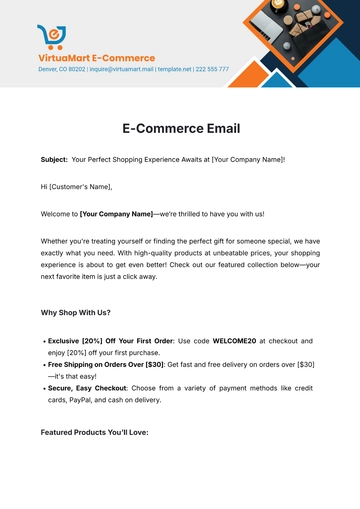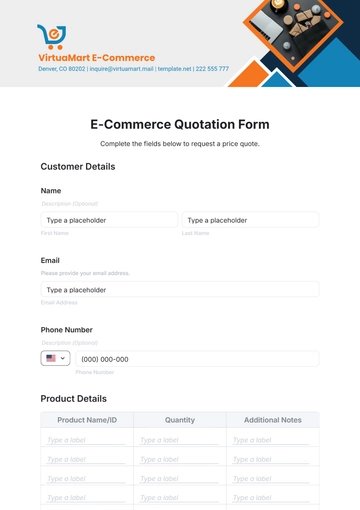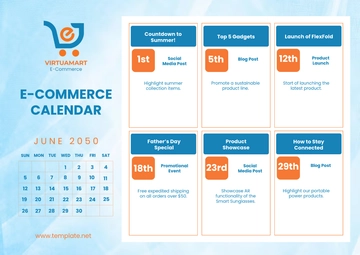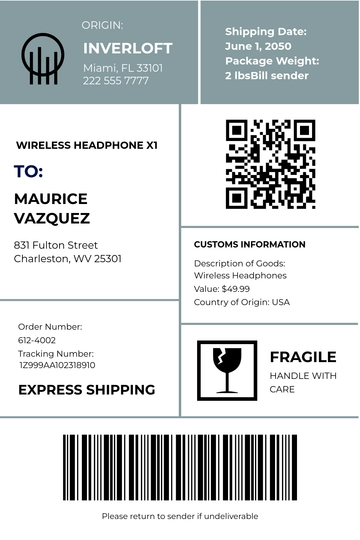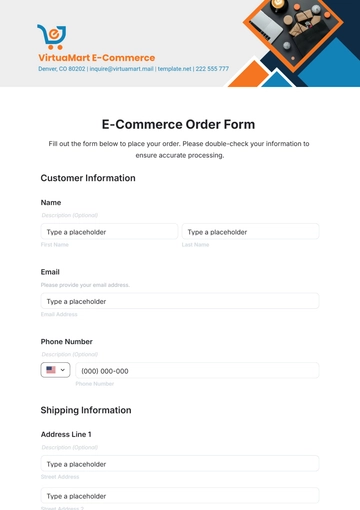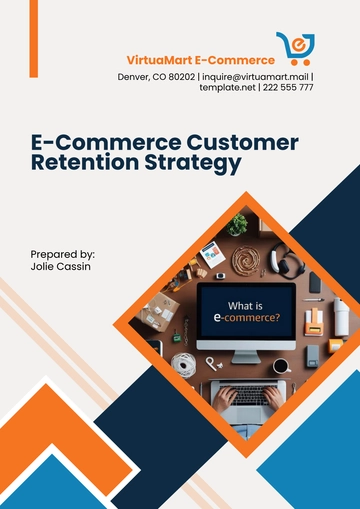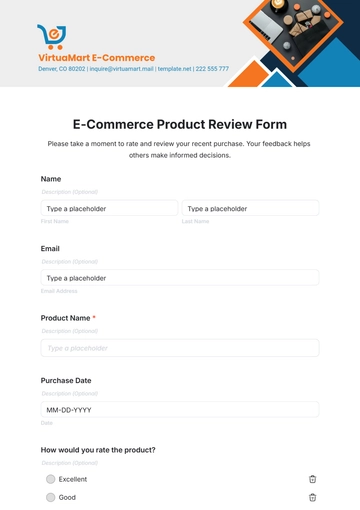E-Commerce Case Study
I. Executive Summary
The e-commerce industry is undergoing exponential growth, fueled by evolving consumer behaviors and technological innovations. Our comprehensive research dives into the intricacies of consumer preferences, market trends, competitive dynamics, and emerging technologies, aiming to unravel the opportunities and threats within this dynamic landscape.
II. Introduction
This case study serves as a beacon for businesses navigating the e-commerce realm, illuminating the pivotal role of market research in deciphering consumer behavior, market trends, and technological advancements. By dissecting these elements, we aim to equip businesses with actionable insights to outpace competitors and foster sustainable growth.
III. Objectives
Consumer Behavior Analysis:
Explore and understand the preferences and behaviors of millennials in e-commerce, particularly focusing on mobile shopping and subscription-based models.
Technology Integration Assessment:
Evaluate the potential of emerging technologies such as AI, machine learning, and blockchain in enhancing customer experiences and optimizing business operations within the e-commerce sector.
Competitive Landscape Examination:
Investigate the competitive dynamics within the e-commerce industry, identifying key players, their strategies, and niche markets, to inform strategic decision-making and market positioning.
III. Methodology
Our research methodology blends the art of primary data collection through meticulously crafted surveys and interviews with consumers and the science of secondary research, leveraging industry reports, scholarly publications, and advanced market analysis tools. Through rigorous statistical analysis and qualitative examination, we unveil nuanced insights into the multifaceted e-commerce ecosystem.
IV. Market Analysis
Consumer Behavior:
Our investigation reveals that millennials, driven by a quest for convenience and personalized experiences, are spearheading the paradigm shift toward mobile shopping. Furthermore, the burgeoning demand for subscription-based models and eco-conscious products underscores the evolving landscape of consumer preferences.
Market Trends: Delving into prevailing trends, we witness the transformative impact of AI and machine learning, ushering in an era of hyper-personalized recommendations. Simultaneously, the proliferation of social commerce platforms and the advent of voice commerce technologies are reshaping the e-commerce terrain, redefining the dynamics of customer engagement.
Competitive Dynamics:
While industry giants like Amazon, Alibaba, and Walmart wield substantial influence, niche players specializing in bespoke offerings or catering to niche markets are carving out their niches. Understanding the competitive landscape, encompassing strategies, strengths, and weaknesses, is paramount for strategic maneuvering in this fiercely contested arena.
Emerging Technologies:
The landscape is ablaze with transformative technologies, ranging from augmented reality for immersive shopping experiences to blockchain for transparent transactions and chatbots for seamless customer interactions. Embracing these innovations is pivotal for staying ahead of the curve and delivering unparalleled customer experiences.
V. Opportunities and Threats
Our analysis unveils a tapestry of opportunities and threats shaping the e-commerce landscape. Leveraging AI-driven personalization, venturing into untapped markets with burgeoning internet penetration, and championing sustainability initiatives present avenues for growth. However, the specter of cybersecurity vulnerabilities, escalating competition, and regulatory complexities looms large, necessitating proactive mitigation strategies.
VI. Case Study Findings
Key findings unearthed from our research paint a vivid picture of the e-commerce ecosystem. From the overwhelming preference for personalized recommendations among consumers to the exponential growth witnessed in social commerce platforms, these insights serve as guiding beacons for strategic decision-making.
VII. Case Study Recommendations
Armed with empirical evidence, we proffer actionable recommendations to empower businesses to capitalize on opportunities and navigate threats. From forging alliances with eco-conscious brands to fortifying cybersecurity defenses, our recommendations are tailored to foster sustainable growth and mitigate risks.
VIII. Conclusion
In conclusion, the e-commerce landscape is a crucible of innovation and opportunity, wherein astute market research is the compass guiding businesses toward success. By heeding the insights gleaned from our study and embracing a culture of continuous adaptation, businesses can chart a course toward prosperity in this ever-evolving domain.
IX. References
A robust foundation of scholarly research, industry reports, and authoritative publications underpins our findings. The references cited herein serve as testaments to the rigor and credibility of our study.
X. Appendix (Optional)
Supplementary materials, including detailed data analyses, visualizations, and additional research insights, are appended for further elucidation and reference.
Prepared By:
[YOUR NAME]
[YOUR COMPANY NAME]
[DATE]
Case Study Templates @ Template.net




